Articles
Sponsored

Reliable In-Store Deliveries Fit to a Tea
Outsourcing its direct-to-store distribution to Ryder Supply Chain Solutions helped Milo’s Tea Company quench its customers’ thirst for better service.
Read More
Freight Consolidation Drives Auto Supply Chain Efficiency
Automotive component supplier IAC needed better control, visibility, and reporting to help weld its supply chain into a cohesive unit. ProTrans delivered innovation and customized solutions designed to control costs along IAC’s network.
Read More
How to Ship in Alaska
The "last frontier" can be a daunting place for shippers moving freight unless they select the right airfreight forwarders to work with. Alaska is twice the size of Texas and has 640 square miles of land for every mile of paved road. When waterborne transport isn’t an option, freight moving in and out of Alaska […]
Read More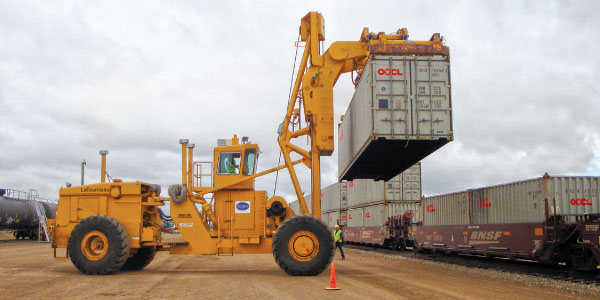
How to Balance Export Demand
While much has been said about the United States’ anemic manufacturing sector and the stress it places on sustainable economic growth, agriculture exports are booming. The United States remains a net exporter of food and delivers half the world’s grain supply. In 2010, China became the largest export market for U.S. agriculture with soybeans, cotton, […]
Read More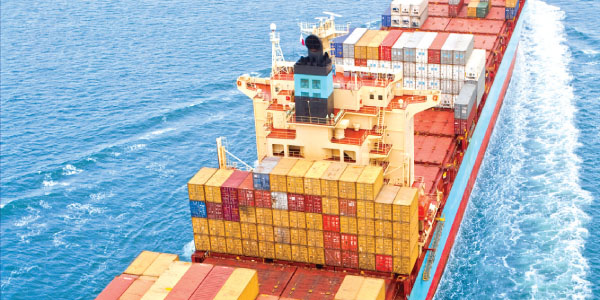
How to Improve Maritime Cargo Security
When U.S. Customs and Border Protection (CBP) introduced the Customs Trade Partnership Against Terrorism (C-TPAT) initiative in the aftermath of Sept. 11, it gave government, shippers, carriers, port authorities, and other transportation and logistics intermediaries a platform to build better security protocol into the supply chain. As a consequence, shippers today are taking cues from […]
Read More
How to Benefit from SaaS TMS
Emerging technology platforms are accelerating the maturation of transportation and logistics solutions, particularly those that enrich and empower the user community by integrating partners and aggregating data. The Software-as-a-Service (SaaS) transportation management system (TMS) is a prime example. SaaS TMS is a single-instance, multi-tenant environment where customers and their partners access a shared solution via […]
Read More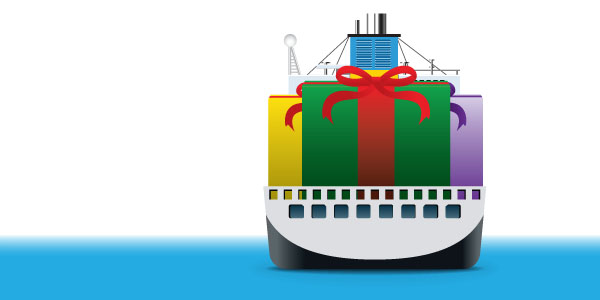
How to Manage Peak Season Variability
August is usually the busiest time of year for global manufacturers, retailers, steamship lines, and transportation and logistics intermediaries as they begin ramping up inventories and capacity to manage the holiday freight surge. In 2011, however, a sluggish economy, continuing changes in consumer buying habits, and leaner ocean carrier fleets conspired to toss peak season […]
Read More
How to Evaluate a 3PL Partner
Shippers, carriers, and even small intermediaries increasingly rely on third-party logistics (3PL) service providers to manage non-core logistics and supply functions, access capacity, and tap technology capabilities. 3PLs create value by pushing the envelope and helping customers reduce costs through tactical improvements, and enhance overall supply chain performance with strategic business process enhancements. Making the […]
Read More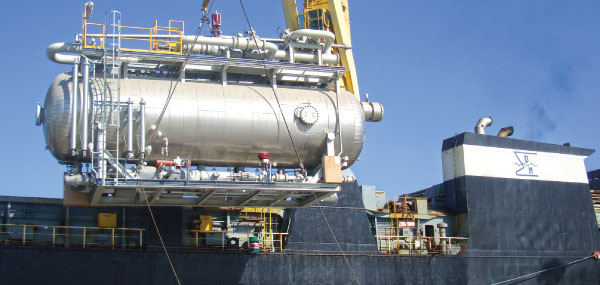
How to Ensure Successful Transportation of Your Project Cargo
When it comes to transporting over-dimensional or heavy-lift cargo—whether it’s equipment bound for Alberta oil fields or turbine components for an Iowa wind farm—transportation and logistics demands are infinitely greater because they are unique to each situation. The complexity of moving unwieldy cargo as quickly and economically as possible requires collaborative partnership, attention to detail, […]
Read More
Illinois-Missouri Bi-state Region: Logistics Center of Attention
A central location, well-developed transportation infrastructure, emerging trade connections with Asia and South America, and unified vision for economic development have made the bi-state metropolitan area around St. Louis a global intermodal crossroads.
Read More
The Panama Canal Expansion Will Be a Supply Chain Game Changer
The upcoming Panama Canal expansion is much more than just a story of bigger ships and increased trade for East Coast ports. It will also have a substantial impact on the U.S. supply chain and its efficiencies. By lengthening, widening and deepening the locks, the Canal will accommodate much larger ships. In fact, the largest […]
Read More
Strategic Logistics Sites: In the Right Place At the Right Time
Locating your manufacturing or distribution business in a great logistics site puts you where you need to be, when you need to be there.
Read More
APIs Enrich Software Users’ Experience
Q: What is an Application Programming Interface (API)? Heine: It’s a software-to-software interface that enables Web-based applications to be part of your transportation management system. You can access outside information without leaving your working application. For all practical purposes, it’s built-in. For example, Google Maps APIs are often built into Web sites. Q: How are […]
Read More
Getting a Handle on Specialized Transportation Costs
Q: Why is controlling fuel and permitting costs important for companies moving heavy equipment? Lowry: Managing these increasing costs is a major task, but it’s essential to gain greater efficiency and profitability. With state governments across the country facing significant declines in tax revenue, many are enforcing new weight restrictions and fuel tax requirements on […]
Read More
Coordinated Transportation Improves Margins for Wholesalers
Q: What are wholesale distributors hoping to achieve with transportation initiatives? Mulqueen: Transportation initiatives are approved and funded based on their track record of delivering quick ROI through freight spend reduction. However, leading wholesalers understand that siloed transportation planning, while beneficial, has limitations. It does not take into account the impact of transportation on the […]
Read More
Freight Payment and Auditing Services: Finding the Hidden Gold
They may be designed to perform a straightforward function, but freight bill payment and auditing services can also reveal money-saving operations data.
Read More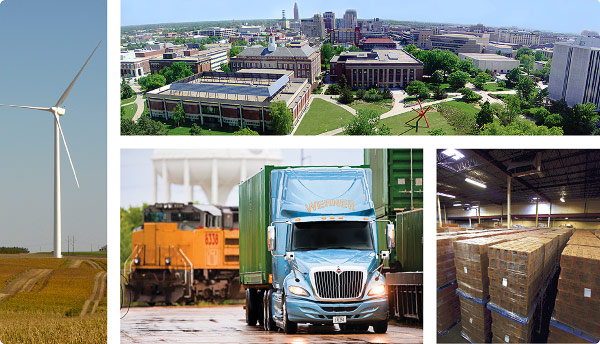
Nebraska: Lasting Logistics Appeal
A central U.S. location, dedicated workforce, and affordable industrial power combine to create an ideal site for logistics operations.
Read More
Reverse Logistics: The Untapped Revenue Stream
Reverse logistics has become an area of high priority for companies looking to reduce costs, add efficiencies and improve the customer experience. As a result, manufacturers are uncovering the hidden value of returned assets and streamlining return, repair and product reallocation processes. Once a supply chain afterthought, reverse logistics has evolved into a highly complex […]
Read More
Utilities & Site Selection: A Powerful Partnership
Energy resources often spell the difference between an adequate location and a great one. What better argument for plugging into energy utilities during the site selection process?
Read More
Technology Provides Visibility into Global Supply Chains
Q: When managing global transportation, how do advanced Software-as-a-Service (SaaS) transportation management systems (TMS) compare to traditional installed-based rivals? Ahearn: As more companies expand overseas and offshore, managing transportation is quickly becoming a challenging factor of globalization. With a true SaaS TMS, multiple organizations—including vendors, carriers, and shippers—are able to work collaboratively in a single […]
Read More